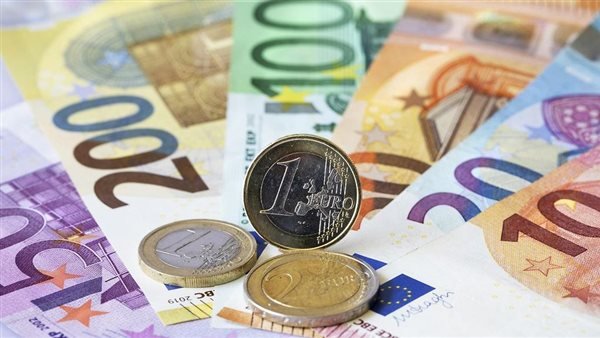
In the past ten years, Egypt has witnessed a great renaissance in all fields, and many projects have been completed to achieve Egypt’s Vision 2030 and build the “New Republic,” the foundations of which were laid by President Sisi.
This vision includes expanding the establishment of a network of green, sustainable, environmentally friendly urban transportation. That is why the Ministry of Transport implemented a comprehensive plan to complete the subway network in parallel with the establishment of a network of rapid public electric traction means to keep pace with the broad steps that the state is taking in the field of urban expansion, and also to activate Economic, commercial and tourism movement and serving industrial areas.
The transportation network will also accommodate the increase in demand, and will provide advanced, safe, and distinguished services to citizens throughout the republic.
Indeed, many projects have been implemented, including the opening of the first and second phases of the light electric train (LRT) (Al-Salam – 10th – Administrative Capital), with a length of 70 km and 12 stations, at a cost of 26.3 billion pounds.
The implementation of the third and fourth phases is being completed, reaching 105 km. The opening of Adly Mansour Central Station, on an area of 15 acres, at a cost of 1.3 billion pounds, in which service is exchanged between 5 means of transportation (light electric train LRT – the third line of the subway – a railway line). “Adly Mansour / Suez” – Superjet – Frequent bus “Adly Mansour / Al Salam”).
The third phase of the metro was also implemented, completed and operated, from Ataba station to Kit Kat to Imbaba in the north and Cairo University in the south, with a total length of 17.7 km.
This phase includes 15 stations, and the fourth phase of the third metro line (Haroun – Adly Mansour) has already been completed and opened, with a length of 11.5 km and 10 stations, at a cost of 28.4 billion pounds.
In addition to the electric train and the new metro stations, 32 air-conditioned trains will be supplied for operation on the third line of the metro (third and fourth phases) at a cost of 8.9 billion pounds, and 28 of them will enter service.
In addition to all this, the first phase of the fourth metro line (Al-Haram/October) is currently being implemented, with a length of 19 km and number of 16 stations.
Also, 3 lines of the high-speed electric train network are being implemented, with a total length of 2000 km and 60 stations. They include the first line (Sokhna – El Alamein – Matrouh) with a length of 675 km, the second line (October – Aswan – Abu Simbel) with a length of 1100 km, and the third line (Qena – Hurghada – Safaga) with a length of 225 km.
This is not the monorail, because a monorail is being implemented east of the Nile with a length of 56.5 km and a number of 22 stations, and a monorail is being implemented in the West Nile with a length of 43.8 km and a number of 13 stations.
Thus, we can say that Egypt has a respectable, fast, advanced, and smart mass transit network as well. This means that you will install a metro, electric train, express train, and monorail, and get your work done in the shortest time and with global service.



